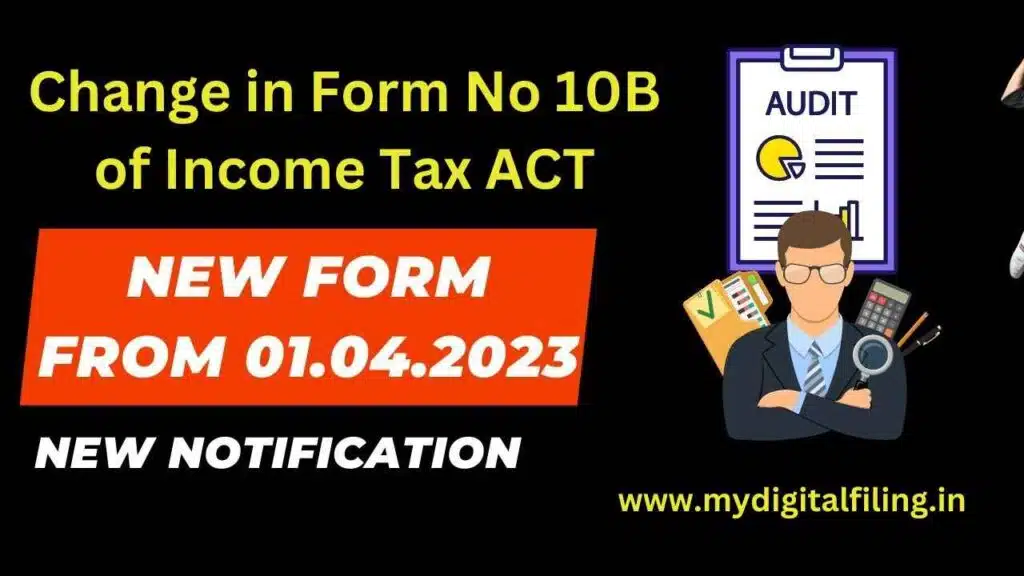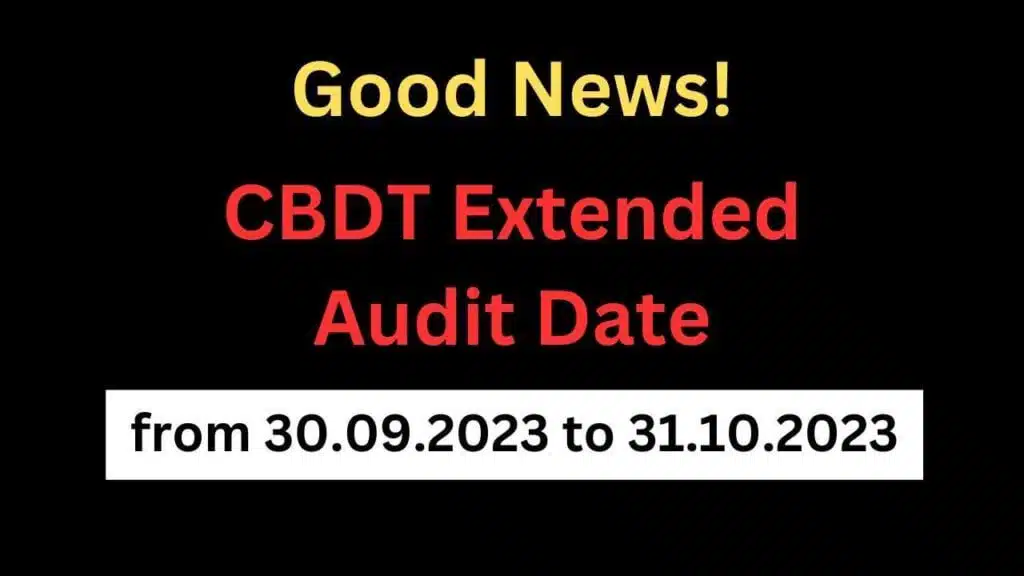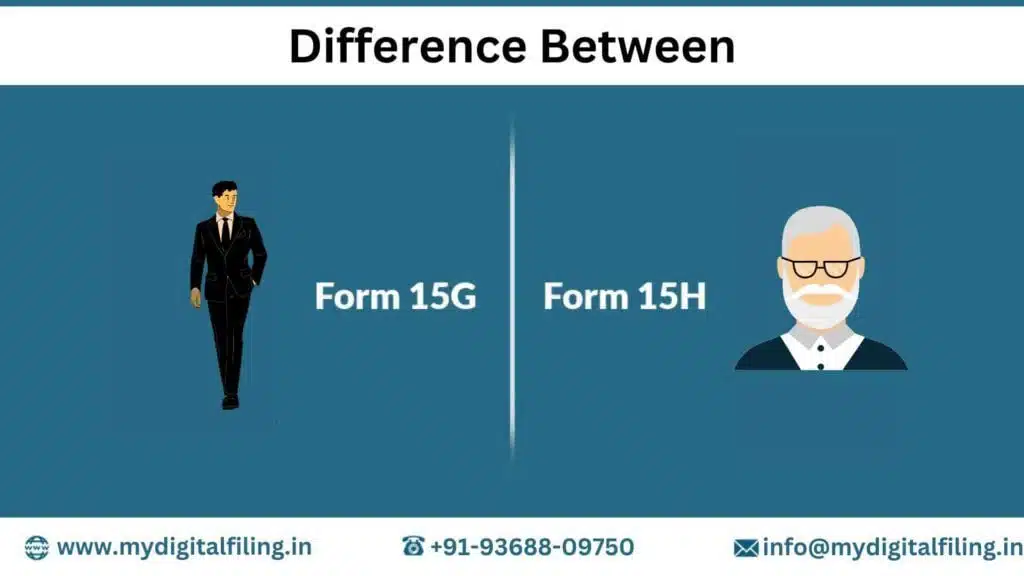Selecting the Right Audit Report Form
“Changes in Trust Audit Report: In recent amendments, the process of choosing audit report forms for trusts and institutions has undergone significant changes. The focus has shifted from the type of registration to the total income of the trust. Consequently, when selecting the appropriate audit report form, it’s crucial to consider the revised provisions outlined in Rule 16CC and Rule 147B.”
Understanding the Changes in Trust Audit Report Forms
Here are the key modifications made to Form 10B:
1. Details of Key Individuals
- This section requires you to provide information about individuals such as authors, founders, settlors, trustees, members of the society, members of the governing council, directors, shareholders (including non-individual entities) holding 5% or more shareholdings, and office bearers of the auditee. Include their names, relationships, Unique Identification Numbers, addresses, and other relevant details.
2. Commencement of Activity
- If your trust has initiated its activities, you should furnish details about the application for registration or approval.
3. Books of Accounts
- Specify the nature of the books of accounts being maintained.
- Indicate whether these records are stored in a computer system or at the registered office.
- If they are located at any other place, provide details regarding that location.
- Report whether the books of accounts have undergone an audit.
4. Form 10BD Filing
- Disclose essential details about the filing of Form 10BD. This includes specifying the amount of donations reported and not reported in Form 10BD, as well as donations that do not necessitate reporting.
5. Voluntary Contributions
- Detail the voluntary contributions received during the year. Ensure that this amount aligns with the figures reported and not reported in Form 10BD.
6. Foreign Contributions
- Include information concerning voluntary contributions that qualify as foreign contributions.
7. Corpus Contributions
- Provide insights into voluntary contributions that constitute part of the corpus.
8. Anonymous Donations
- Report information pertaining to anonymous donations that are taxable at a rate of 30% under section 115BBC.
9. Income Applied Outside India
- Furnish details regarding income applied outside India.
10. Other Income
- Include specifics about income other than voluntary contributions.
11. Application of Income
- Share information regarding various aspects of income application:
- Amounts not actually paid during the year.
- Amounts actually paid during the year that accrued during the year but were not claimed as application of income in the previous year.
- Amounts invested or deposited back into the corpus, which were applied during the previous year but were not claimed as application during that previous year.
- Repayment of loans or borrowings during the previous year, which were earlier applied and not claimed as application of income during that previous year.
12. Disallowed Amounts
- Report details of amounts that need to be disallowed from application. This encompasses disallowed amounts under section 40A(ia), 40A(3)(3A), donations to other trusts towards corpus, donations to other trusts with dissimilar objectives, donations to any unregistered trust, application outside India, application beyond trust objectives, and any other disallowances. Additionally, include amounts deemed to have been applied and amounts accumulated.
13. Application from Earlier Years
- Provide information regarding the application of income from income deemed to be applied in any preceding year, income from the earlier previous year out of 15% accumulated or set apart, and application out of corpus and borrowed funds.
14. Transactions with Specified Persons
- Elaborate on transactions involving specified persons as referred to in section 13(3) and 13(2).
15. Specified Persons
- Include details about specified persons as referred to in section 13(3).
16. Income/Property
- Report specifics concerning income/property referred to in section 13(2).
17. Specified Violations
- Mention any instances of specified violations.
18. Depreciation
- Include particulars about depreciation on assets for which the acquisition is claimed as an application of income.
19. TDS and TCS
- Lastly, provide detailed information about TDS deductions or TCS collections carried out by the trust.
“These changes in Form 10B underscore the importance of transparency and compliance with tax regulations when dealing with ‘changes in trust audit report’. Trusts and institutions must ensure that they accurately report their financial activities and income sources. Adhering to these updated requirements when selecting the appropriate audit report form is essential for navigating the evolving landscape of trust audits.”




